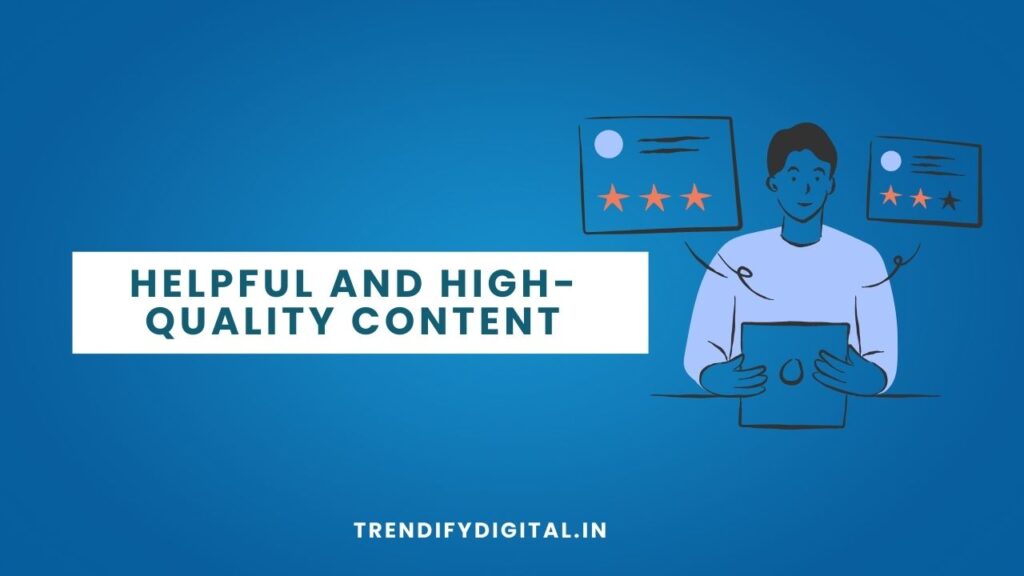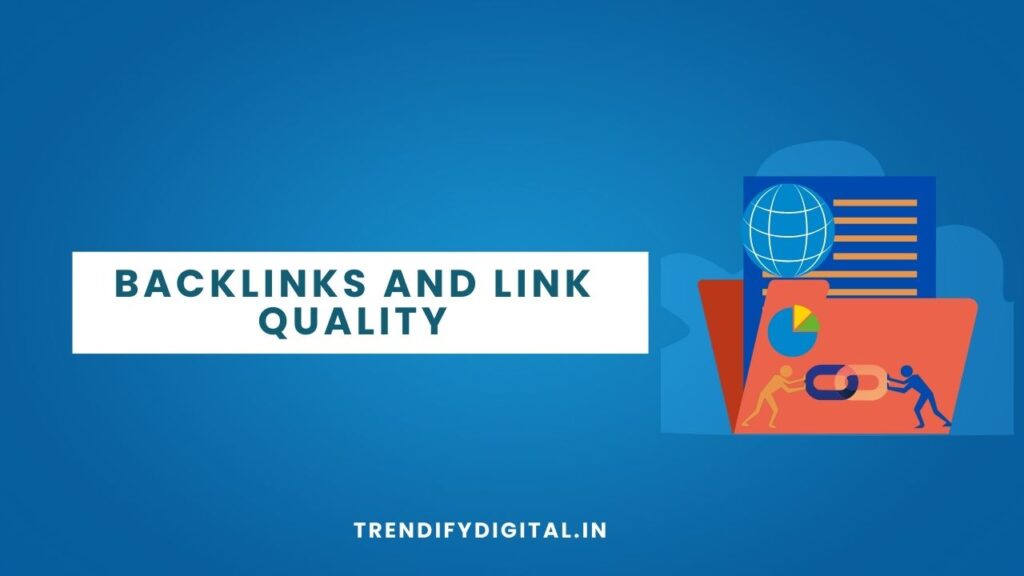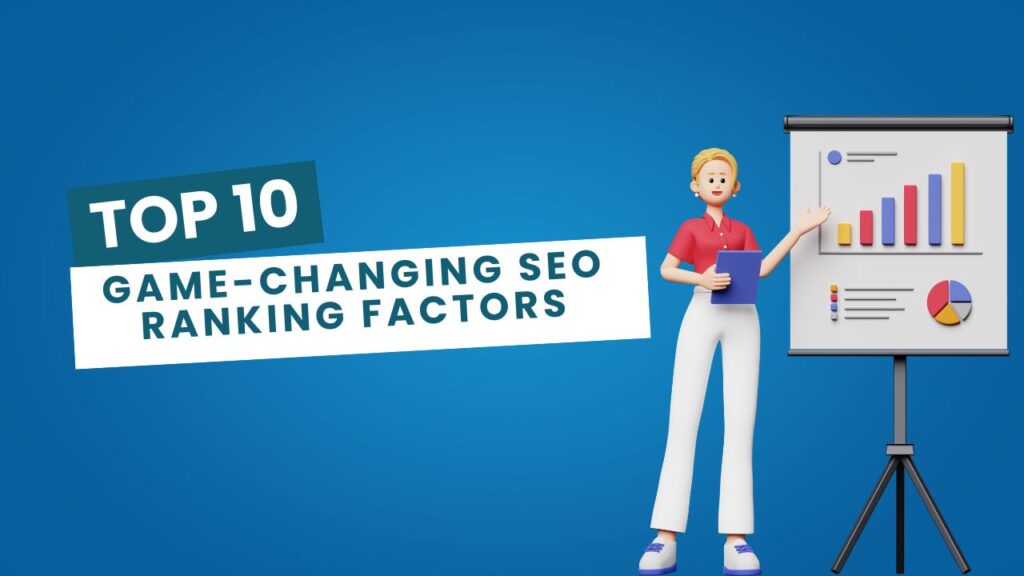SEO Ranking Factors in Google’s Latest Update
Search Engine Optimization (SEO) is constantly evolving, and Google updates its ranking factors regularly. If you want your website to rank higher in search results, it’s essential to stay updated with the latest SEO trends. In 2025, Google focuses more on user experience, content quality, and technical SEO. Let’s explore the most important ranking factors you need to know and how to optimize your website accordingly.
1. Helpful and High-Quality Content
Google prioritizes websites that offer valuable and relevant content to users. Here’s what matters most:

- E-E-A-T (Experience, Expertise, Authoritativeness, Trustworthiness): Google favors content created by experts in their field.
- Originality and Depth: Unique, well-researched content ranks better than generic or copied articles.
- User Intent Matching: Your content should answer users’ queries effectively.
- Content Freshness: Regularly updating content keeps it relevant.
How to Improve Your Content Quality:
- Conduct keyword research using tools like Ahrefs, SEMrush, and Google Keyword Planner.
- Write in-depth, well-structured articles with clear headings and subheadings.
- Use images, infographics, and videos to enhance readability.
- Regularly update old content to reflect current trends and information.
Example:
E-commerce websites with detailed product descriptions, customer reviews, and FAQs rank higher than those with minimal content.
2. Page Experience and Core Web Vitals
Google evaluates how well users interact with your website through Core Web Vitals, which include:
- Largest Contentful Paint (LCP) – Measures loading speed (should be under 2.5 seconds).
- First Input Delay (FID) – Measures website responsiveness (should be under 100ms).
- Cumulative Layout Shift (CLS) – Measures visual stability (should be minimal).
How to Optimize Page Experience:
- Optimize images and use next-gen formats like WebP.
- Reduce server response times with a Content Delivery Network (CDN).
- Minimize unnecessary scripts and plugins.
- Implement lazy loading to improve performance.
3. Mobile-Friendliness
With mobile-first indexing, Google ranks websites based on their mobile version. If your site isn’t mobile-friendly, it won’t rank well.
How to Optimize for Mobile SEO:
- Use a responsive design that adjusts to different screen sizes.
- Ensure buttons and text are easily clickable on smaller screens.
- Avoid intrusive pop-ups that negatively affect user experience.
Example:
A news website that loads quickly and displays articles properly on a smartphone will rank higher than one with poor mobile navigation.
4. Secure and Accessible Website (HTTPS)
Google gives preference to websites with SSL certificates (HTTPS) as they provide a secure browsing experience. Sites with security issues may be penalized in rankings.
How to Improve Security:
- Install an SSL certificate if your site is still using HTTP.
- Regularly update your CMS, plugins, and themes to prevent vulnerabilities.
- Implement two-factor authentication (2FA) for added security.
5. Keyword Optimization and Search Intent
Using the right keywords is crucial, but intent matters even more. Focus on:
- Long-tail keywords that align with user search behavior.
- Semantic search by including related terms and synonyms.
- Answer-based content that directly responds to user queries.
How to Optimize for Search Intent:
- Use Google’s “People Also Ask” to identify common questions.
- Structure content with FAQ sections and bullet points.
- Avoid keyword stuffing and prioritize natural language.
6. User Engagement Signals (Dwell Time & Bounce Rate)
Google tracks how users interact with your content. If visitors leave quickly (high bounce rate), it signals that your content is not engaging enough.
How to Improve User Engagement:
- Make content easy to read with short paragraphs and bullet points.
- Add interactive elements like polls, quizzes, and videos.
- Ensure fast page load speeds to reduce frustration.
Example:
A recipe website that includes step-by-step videos and user reviews keeps visitors engaged longer, leading to higher rankings.
7. Backlinks and Link Quality
Backlinks from high-authority websites boost your SEO. However, quality matters more than quantity.

How to Build Quality Backlinks:
- Guest post on reputable websites in your niche.
- Create shareable infographics with valuable data.
- Reach out to influencers and bloggers for collaborations.
Avoid:
- Buying backlinks from spammy sites.
- Using black-hat link-building techniques.
8. Structured Data and Schema Markup
Google uses structured data to understand your content better. Schema markup helps display rich results like reviews, FAQs, and event details.
How to Implement Schema Markup:
- Use tools like Google’s Structured Data Markup Helper.
- Add FAQ Schema to your content for rich snippets.
9. Local SEO and Google Business Profile
For businesses with a physical location, local SEO is essential. Optimize by:
- Keeping your Google Business Profile (GBP) updated.
- Encouraging customer reviews.
- Using local keywords in your content.
How to Improve Local SEO:
- Get listed on local directories like Yelp and TripAdvisor.
- Use location-based keywords in your meta descriptions.
10. AI and Search Algorithm Updates
Google now uses AI-driven algorithms like RankBrain and BERT to analyze search queries more accurately. This means:
- Writing for humans first, not just search engines.
- Using natural language processing (NLP) to create conversational content.
- Ensuring your site structure is easy for Google’s AI to crawl.
How to Adapt to AI-Based SEO:
- Focus on natural writing styles instead of robotic keyword stuffing.
- Optimize for voice search by including question-based content.
- Keep up with Google’s algorithm updates to stay ahead of competitors.
11. Video and Visual Search Optimization
Google ranks video content highly, and visual search is becoming more popular.
How to Optimize Video for SEO:
- Add transcripts and subtitles for better accessibility.
- Use keyword-rich titles and descriptions on platforms like YouTube.
- Optimize image alt text for Google Image Search.
Example:
A tech website including video tutorials alongside articles will rank better than text-only content.
Conclusion
SEO is no longer just about keywords; it’s about user experience, content quality, and technical performance. By focusing on these latest ranking factors, you can improve your site’s visibility and stay ahead of the competition.
Key Takeaways:
- Prioritize high-quality, informative content.
- Improve site speed, security, and mobile-friendliness.
- Use structured data and schema markup for better indexing.
- Focus on user engagement signals and provide a great experience.
Ready to boost your SEO? Start implementing these strategies today!
For more such content check out our Facebook page: Trendify Digital
Instagram Page: Trendify Digital
